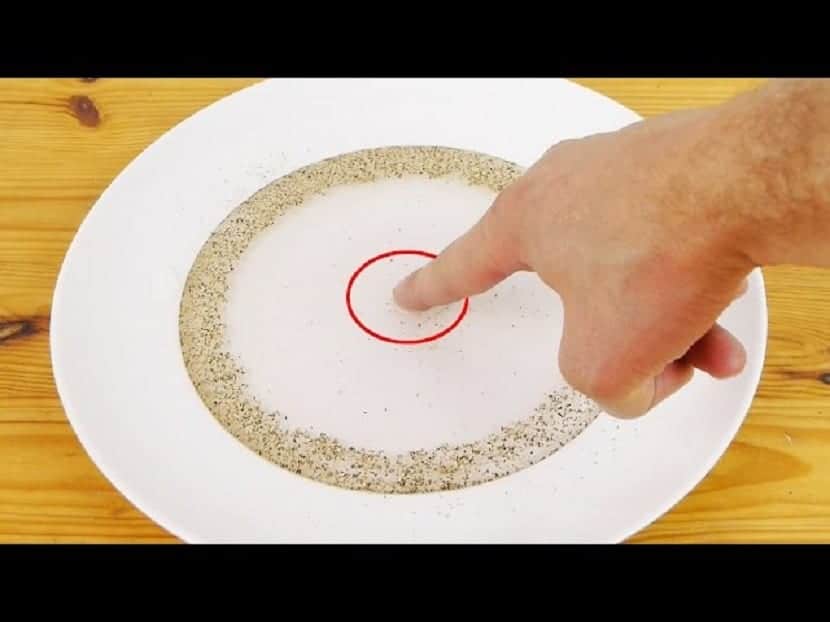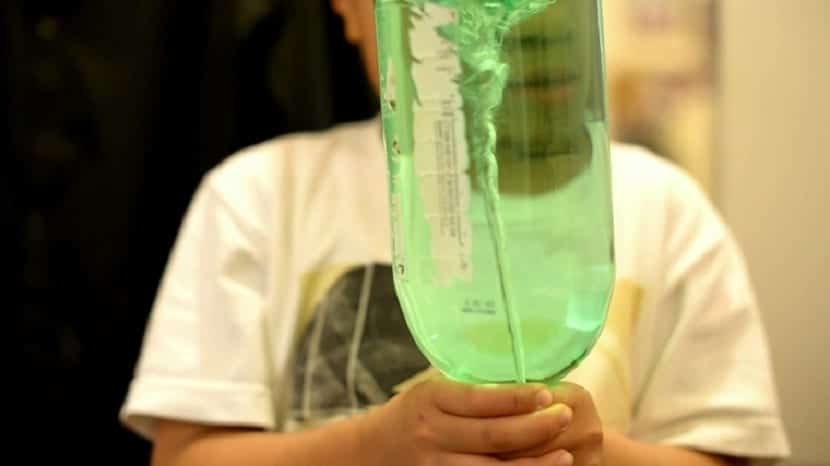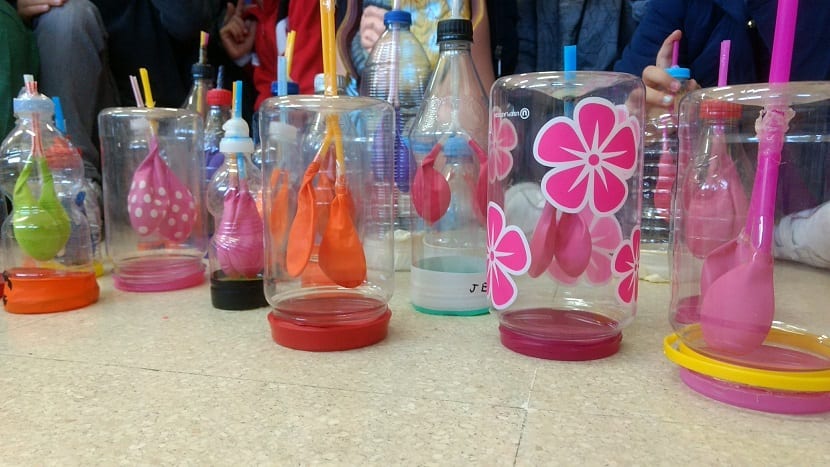
Children are curious by nature, they all have the ability to be amazed and curious about everything that is unknown to them. One of the best ways to develop that curiosity and turn it into a positive factor is through science. Unfortunately, fewer and fewer children are interested in science, and this has a lot to do with the way of teaching this subject at school.
Introducing children to the wonderful world of science can be a very fun task for parents. There are countless home experiments that can be done, depending on the age of the children, that will help you create in your children the need to know more. Y it is very important that children enter the scientific universe, where they can learn great lessons.
Home experiments
Summer is giving its last blows, in a very short time it will give way to the new school year, so everyone at home should get used to the idea. And what better way to end this summer, than enjoying some simple family science experiments. With these experiments you will be combining crafts with science, so that children will be learning while having fun.
A great idea so that without even realizing it, assimilate concepts that in a short time they will have to work more thoroughly. Below you will find some ideas for very easy home experiments that you can do with your children.
The pepper that flees

This is a very simple experiment, you hardly need any materials and it does not pose any risk to children. Ideal for little ones. You only need:
- A deep plate
- pepper ground
- liquid soap
- water
Experiment
First you have to cover the bottom of the plate with water, enough so that it is covered. Later, sprinkle a little ground pepper all over the surface. Now is the time to make the pepper run away, to do so, you just have to put a drop of liquid soap on your fingertip. Put your finger in the center of the water, you will see how quickly the pepper moves away from the center and concentrates completely on the edges of the plate.
A tornado in a bottle

For this experiment, you need two large plastic bottles, such as a 2-liter soda. Remove the caps and glue them facing the two upper parts, use a glue indicated for plastics. Then with the help of a drill, you will have to make a hole in the center of the two plugs. To give you a reference regarding the diameter, you can use a plastic drinking straw.
Fill one of the bottles with water and add food coloring, you can also put glitter, this will help currents are more easily observed. Put the cap on the bottle that contains the water, close it tightly, and then place the empty bottle on the other end of the cap.
Experiment
Turn the bottles, leaving the one that contains the water at the top, while the water falls into the empty bottle. Now, move until the water in the bottle begins to spin. As the water passes into the empty bottle, the air that will enter through it will cause the water passes by making the effect of a tornado.
An artificial lung

An ideal experiment for children to understand the functioning of the lungs, the materials you need are:
- An empty and clean 2-liter plastic bottle
- A garbage bag
- A rubber band with good thickness
- A balloon great
- A plastic straw
- Tape
- A bit of plastelina
- Scissors
Experiment
Cut the bottle in half, the part you need is the top. Now, cut a square from the garbage bag, which covers the diameter of the bottle well and there are still a few centimeters left. Place on the base of the bottle and secure the bag with the rubber band. Inflate the balloon so that the rubber gives way a little, pass the straw through the mouthpiece and let it deflate.
Insert the balloon through the nozzle of the bottle and so that it does not move and is well attached, knead a portion of plaster and shape it into a ball. Pass the plasticine through the straw and the nozzle of the bottle, so that no air can get in or out.
Lastly, cut a piece of duct tape and fold it in half. You have to stick one of the halves in the center of the plastic bag, at the bottom. The operation of the experiment consists of, take the adhesive tape and gently pull it, you will see how condensed air passes into the balloon causing it to inflate slowly. In the same way as the functioning of these organs.